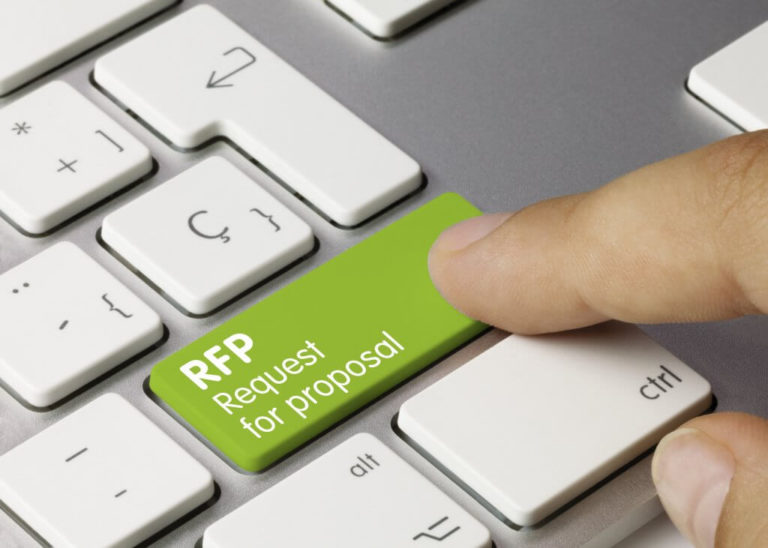RFP’s should be crafted for maximum response from qualified suppliers. They shouldn’t be written in a way that scares off suppliers who could create value for your organization. Suppliers have limited time, too, ya know!
Therefore, it is key to make sure that all questions in your RFP’s are relevant, appropriately timed and necessary. As such, use this RFP proofreading checklist to determine if each question in your RFP should stay, be changed or be deleted.
- Does this question apply to the procurement scenario or was it left over from a previous RFP or RFP template?
- Does a reused question need to be modified to better reflect the circumstances of this specific RFP?
- Will the answer to this question be used in evaluating and comparing suppliers?
- If a supplier fails to respond to this question, will that supplier be disqualified from consideration?
- Is the answer to this question required at this time or is it more appropriate to gather the information later from a short list of qualified suppliers?
- How will the sourcing team evaluate the responses to this question?
- Does this question only apply to one supplier or a select few suppliers and not all suppliers?
- Are any questions similar enough that they can be consolidated (e.g., Do you have employees outside of the USA? If yes, how many employees do you have outside of the USA?)?
- Has this question already been asked in the RFP? (Duplicate questions are more common than you may think!)
- What questions should I be asking that aren’t already in the RFP?
Are You Adapting Your RFP Templates Properly?
Using RFP templates – rather than creating an RFP from scratch – can save you time. However, they are easy to abuse. If you fail to expertly adapt RFP templates to your situation, you may receive fewer supplier responses. Which can result in insufficient competition. Which can result higher costs and suboptimal supplier performance.
Therefore, follow these tips to make sure that you’re properly using – and not abusing – your RFP templates:
- Add a specification that adequately describes the product/service you want to buy
- Make all requirements appropriately specific (e.g., “must be capable of displaying monetary values in US Dollars and Euros” is appropriately more specific than “must be capable of displaying monetary values in multiple currencies”)
- Clearly indicate the total estimated purchase quantity and the timeline for those purchases
- Add a summary of all supplier information required, how to submit it, and the deadline for submissions
- Remove all non-essential template language, making the RFP no longer than it truly needs to be
- If global suppliers are being asked to bid, remove all template references to domestic-specific requirements
- Eliminate any requirements that are unreasonable/inappropriate for the situation (e.g., excessive insurance limits)
- Avoid requiring “compliance with the unknown” (e.g., requiring compliance with a supplier code of conduct without providing or linking to that code of conduct)
- Eliminate any redundancies – repeating the same requirement multiple times
- Eliminate any language conflicts – two sections that specify different requirements for the same topic
- Eliminate any template language that places on your suppliers any excessive costs just to respond (e.g., requiring that suppliers provide with their proposals a certificate of insurance naming your company as an additional insured)

